Postgraduate in Small Animal Anaesthesia
Obtain your credential - PgCert. Anaest. ifevet
Postgraduate in Small Animal Anaesthesia
Obtain your credential - PgCert. Anaest. ifevet
Start date
12 September 2026
Timetable
Saturday from 9:00 to 18:30 Sunday from 9:00 to 14:30
ECTS Credits
30 ECTS credits
Number of modules
6 modules
Modality
Streaming
Number of students
36 students
Start date
12 September 2026
Timetable
Saturday, 9 to 18:30 Sunday, 9 to 14:30
ECTS Credits
30 ECTS credits
Modules
6 modules
Modality
Streaming
Number of students
36 students
- Description
- Speakers
- Programme
- Pricing
Certification obtained
After passing the postgraduate university training, you will be able to obtain the following credentials to use in your CV:
• International Credential: PgCert. Anaest. ifevet
• Certification obtained: Postgraduate Certificate in Small Animal Anaesthesiology (UK)
Course Objective
This course aims to provide students with theoretical foundation to improve the quality and safety of the anaesthetics performed in their practice.
The goal is to provide essential and up-to-date theoretical and practical knowledge for the successful management of the patients requiring anaesthesia or sedation. The course will offer practical solutions for the management of high-risk patients and bring up to date information on analgesic options. The course is intended to offer a solid, scientific, and evidence-based foundation on the anaesthetic equipment, pharmacology, physiopathology, clinical anaesthesia and management of anaesthetic emergencies and complications, all with a focus on practical applicability.
Structure and benefits of the postgraduate programme
The postgraduate programme comprises of 6 modules with theoretical-practical lectures, enabling students to systematically approach anaesthesia cases. Each module will be taught by a European or American specialist to ensure the highest quality training.
The main objective is for students to develop a critical thinking in order to formulate and deliver anaesthetic and analgesic plans for different clinical situations.
The course will offer solid background on anaesthetic equipment and clinical pharmacology that are essential for a safe and high-quality anaesthetic process. The pain phenomenon will be approached systematically and different options to evaluate and treat it will be offered. The students will be able to formulate an anaesthetic and analgesic plan that is designed with the specific patient in mind. Knowledge and solutions to common anaesthetic complications and emergencies situations will be presented.
At the end of each module, students will gain comprehensive insight into the thematic learned and will be able to apply the knowledge gained to their own cases that can be discussed with the lecturers.
Target Audience
Designed for professionals working in first opinion, emergencies, or those seeking to specialise in anaesthesia and analgesia via an internship or residency. This programme is for veterinarians who wish to deepen their knowledge in this speciality, update their skills, and learn innovative aspects applicable to daily practice.
This postgraduate programme will be highly beneficial for clinicians with some experience in anaesthesia, as well as for beginners needing a clear grasp of fundamental concepts from the outset.

Manuela Pascal
Dip ECVAA, PhD, MSc, MRCVS | Director of the Anaesthesia Postgraduate course
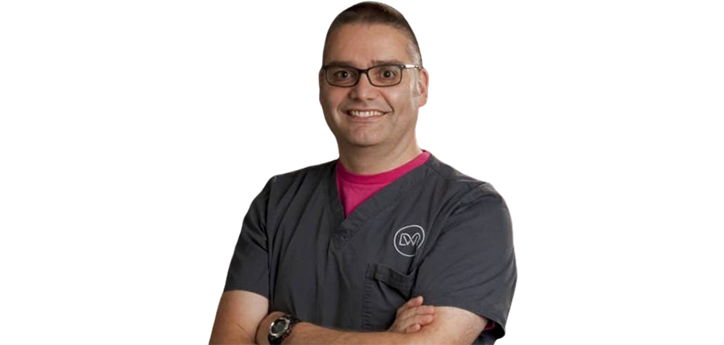
Nigel Campbell
BVetMed, PhD, DACVIM-LA, DACVAA, DECVAA, MRCVS RVCS, EBVS and American Specialist in Veterinary Anaesthesia & Analgesia
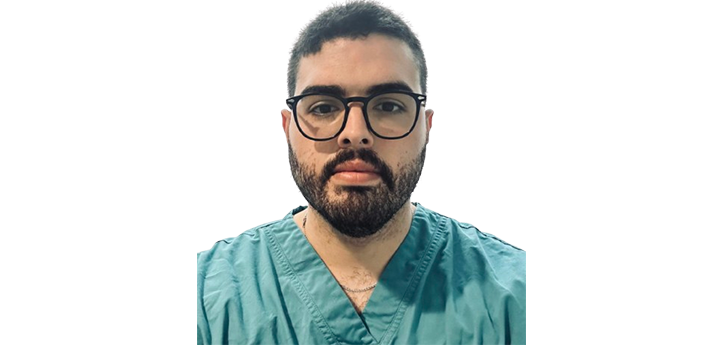
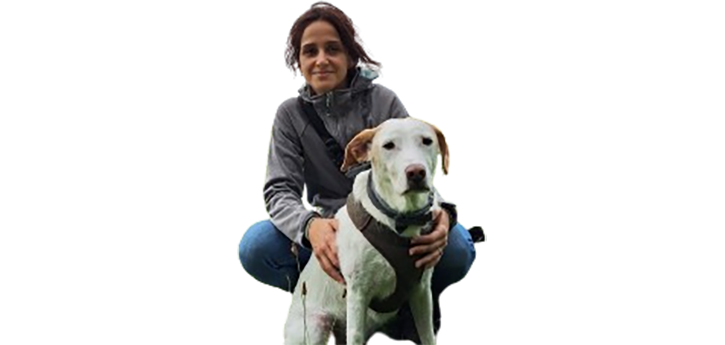
Maria del Mar Diaz
DVM, MVetMed, DipECVAA, EBVS® European Specialist in Veterinary Anaesthesia and Analgesia
Date: 12-13th September 2026
Modality: Streaming
Competencies and objectives:
- Understand anaesthetic risk and critical moments during anaesthesia
- Understand the functioning principles of the anaesthesia machine in order to use it safely
- Learn when and how to use controlled mechanical ventilation to support your anaesthetised patient
- Evaluate the contribution of the anaesthesia process to environmental pollution and risk for veterinary personnel health
Module Summary:
- Introduction to anaesthesia
- Basic anaesthesia concepts
- Legal aspects
- Anaesthetic risk and informed consent
- Patient safety
- Understanding the anaesthesia machine
- Airway devices
- Anaesthesia machine, vaporisers, and gas cylinders
- Anaesthesia machine checks
- Breathing systems
- Cleaning and maintenance of the anaesthesia equipment
- Troubleshooting the anaesthesia machine
- Controlled mechanical ventilation
- Relevant physiology
- Advantages and disadvantages of controlled mechanical ventilation
- Automatic ventilators – modes of ventilation, setup of the ventilator, monitoring mechanical ventilation
- Environmental considerations
Speaker: Julia Deutsch
Date: 17-18th October 2026
Modality: Streaming
Competencies and objectives:
- Learn the advantages and disadvantages of different monitoring devices
- Understand their working principles in order to utilise the information obtained from the monitor at its right value
- Learn how to monitor the cardiovascular and respiratory system
- Understand the complication associated to hypothermia and learn how to avoid it in your patients
Module Summary:
- Clinical monitoring
- Monitoring the cardiovascular system
- Essential cardio-vascular physiology
- Heart rate and rhythm
- Blood pressure
- ECG
- Monitoring the respiratory system
- Essential respiratory physiology
- Pulse -oximetry
- Blood gas analysis – Spirometry
- Temperature
- Understanding heat loss
- Clinical effects of hypo- and hyperthermia
- Monitoring
- Temperature control in anaesthetised patient
Speaker: Nigel Campbell
Date: 14-15th November 2026
Modality: Streaming
Competencies and objectives:
- Understand why pre-anaesthetic assessment is important
- Learn what to look for and how to adapt your approach to the patient depending on the pre-anaesthetic assessment
- Learn the pharmacology and clinical use of the main drugs used in anaesthesia
- Learn how to formulate a sedation and anaesthetic plan
Module Summary:
- Pre-anaesthetic evaluation
- ASA classification
- Patient assessment
- Premedication and sedation
- α2-adrenoceptor agonists
- Phenotiazines
- Benzodiazepines
- Opioids
- Anaesthesia induction and maintenance
- Injectable anaesthetic drugs
- Inhalational anaesthetic agents
- Miscellaneous drugs used in anaesthesia
- Anticholinergics
- Metoclopramide
- Maropitant
- Case discussion – choosing your sedation and anaesthetic protocol
Speaker: Carlos Millán
Date: 12-13th December 2026
Modality: Streaming
Competencies and objectives:
- Understand the physiology and physiopathology behind the pain process in order to be able to combat it
- Learn to recognise and assess pain in your patients
- Understand the differences between acute and chronic pain patients
- Learn the pharmacology and clinical use of analgesic drugs available on the market
- Understand how to combine all of the above to formulate an effective analgesic plan to benefit the patient
Module Summary:
- Pain physiology and pathophysiology
- Acute pain assessment
- Objective measures of pain
- Validation of a pain scale –
- Assessment of acute pain – case discussion
- Use of pain measurement in daily practice
- Chronic pain
- Understanding chronic pain
- Chronic pain assessment
- Chronic pain clinic
- Pain management
- Multimodal and pre-emptive analgesia
- Local anaesthetics
- Analgesic infusions
- Analgesic adjuncts
- Paracetamol
- Amantadine
- Gabapentin and pregabalin
- Amitriptyline
- Tramadol
- Case discussion – formulating an analgesic plan
Speaker: Manuela Pascal, Mar Diaz Arias
Date: 16-17th January 2027
Modality: Streaming
Competencies and objectives:
- Understand how to use loco-regional anaesthesia in your daily practice
- Learn how to perform loco-regional blocks for different areas of the body and for specific surgical procedures in a safe and efficient manner
- Learn how to use specific equipment to improve success of your locoregional blocks
Module Summary:
- Basics of locoregional anaesthesia
- Basic equipment (nerve stimulator, needles and other supplies)
- Block selection
- Drugs selection
- Complications and contraindications
- Pain and local anaesthetics
- Advanced equipment: use of ultrasound for nerve blocks
- Acquiring and optimizing the image, common artefacts
- Practice with phantoms – “in-plane” vs. “out-of-plane” needling, etc.
- Documentation in the medical record
- Blocks for common procedures of the thoracic limb
- Brachial plexus block (US-guided and nerve stimulator-guided)
- Ring block
- Cervical paravertebral block (nerve-stimulator-guided)
- Epidural anaesthesia
- Lumbo-sacral and sacro-coccygeal): classical approach
- Advanced epidural anaesthesia
- Use of ultrasound for epidural anaesthesia
- Epidural catheters
- Case discussions
- Blocks for common procedures of the pelvic limb
- Femoral nerve block – inguinal approach
- Sciatic nerve block – caudal approach
- Femoral nerve block – Psoas compartment approac
- Peripheral nerve catheters
- “Advanced blocks” and recently developed techniques
- US-guided Transversus Abdominis Plane (TAP) block –
- US-guided Quadratus lumborum block
- US-guided Thoracic paravertebral block
- US- guided Erector spinae plane (ESP) block
- Blocks of the head
- Intercostal nerve, parasternal and serratus planer blocks
- Case discussions
Speaker: Chiara Adami, Paolo Monticelli
Date: 13-14th February 2027
Modality: Streaming
Competencies and objectives:
- Learn to recognise and how to react to anaesthetic complications and emergencies
- Learn how to perform cardiopulmonary cerebral resuscitation according to the latest guidelines
- Understand the physiopathology of frequent clinical disease and how it can impact the anaesthesia. Learn how to prepare and stabilise your patients and how to adapt your anaesthesia protocol to respond adequately
Module Summary:
- Anaesthetic complications and emergencies
- Respiratory complications
- Cardiovascular complications
- Regurgitation and aspiration
- Hypoglycaemia
- Myopathy and neuropathy
- Anaphylactic reactions
- Human and equipment error
- Cardiopulmonary cerebral resuscitation
- Fluid therapy for the anaesthetised patient
- Blood transfusion
- Anaesthesia of the cardiovascular patient
- Anaesthesia for the respiratory compromised patient
- Anaesthesia for the paediatric and geriatric patient
- Anaesthesia in endocrine diseases
- Anaesthesia for the pregnant female and for Caesarean section
- Anaesthetic onsideration for procedures at the level of the head (dental and ophthalmology cases)
Speaker: Manuela Pascal
We offer two payment options:
- Pay in full via credit or debit card, or BACS
- Interest-free instalments
For more details on interest-free instalment options, please complete the ‘Request for More Information’ form.
· Price (exam included):
- United Kingdom:
 United Kingdom – £ 7,700
United Kingdom – £ 7,700
- Other countries:
 Europe – 8,900 €
Europe – 8,900 €  Australia – $ 16,300
Australia – $ 16,300 New Zealand – $ 17,500
New Zealand – $ 17,500 USA – $ 9,900
USA – $ 9,900
*An additional fee of £70 (GBP) / $150 (AUD) / $160 (NZD) / $90 (USD) is required by the university for the issuance of the Postgraduate Certificate.
Terms and conditions of payment
To complete your enrolment, kindly submit the online registration form by selecting ‘Register Now’ and proceed with your first payment, either in full or as the initial instalment.
If you have chosen our instalment plan, the monthly payments must be made via direct debit within the first 10 days of each month.
All payments must be completed before the final exam in order for the PgCert certificate and credentials to be issued.
Certification obtained
After passing the postgraduate university training, you will be able to obtain the following credentials to use in your CV:
• International Credential: PgCert. Anaest. ifevet
• Certification obtained: Postgraduate Certificate in Small Animal Anaesthesiology (UK)
Course Objective
This course aims to provide students with theoretical foundation to improve the quality and safety of the anaesthetics performed in their practice.
The goal is to provide essential and up-to-date theoretical and practical knowledge for the successful management of the patients requiring anaesthesia or sedation. The course will offer practical solutions for the management of high-risk patients and bring up to date information on analgesic options. The course is intended to offer a solid, scientific, and evidence-based foundation on the anaesthetic equipment, pharmacology, physiopathology, clinical anaesthesia and management of anaesthetic emergencies and complications, all with a focus on practical applicability.
Structure and benefits of the postgraduate programme
The postgraduate programme comprises of 6 modules with theoretical-practical lectures, enabling students to systematically approach anaesthesia cases. Each module will be taught by a European or American specialist to ensure the highest quality training.
The main objective is for students to develop a critical thinking in order to formulate and deliver anaesthetic and analgesic plans for different clinical situations.
The course will offer solid background on anaesthetic equipment and clinical pharmacology that are essential for a safe and high-quality anaesthetic process. The pain phenomenon will be approached systematically and different options to evaluate and treat it will be offered. The students will be able to formulate an anaesthetic and analgesic plan that is designed with the specific patient in mind. Knowledge and solutions to common anaesthetic complications and emergencies situations will be presented.
At the end of each module, students will gain comprehensive insight into the thematic learned and will be able to apply the knowledge gained to their own cases that can be discussed with the lecturers.
Target Audience
Designed for professionals working in first opinion, emergencies, or those seeking to specialise in anaesthesia and analgesia via an internship or residency. This programme is for veterinarians who wish to deepen their knowledge in this speciality, update their skills, and learn innovative aspects applicable to daily practice.
This postgraduate programme will be highly beneficial for clinicians with some experience in anaesthesia, as well as for beginners needing a clear grasp of fundamental concepts from the outset.

Manuela Pascal
Dip ECVAA, PhD, MSc, MRCVS | Director of the Anaesthesia Postgraduate course

Nigel Campbell
BVetMed, PhD, DACVIM-LA, DACVAA, DECVAA, MRCVS RVCS, EBVS and American Specialist in Veterinary Anaesthesia & Analgesia


Maria del Mar Diaz
DVM, MVetMed, DipECVAA, EBVS® European Specialist in Veterinary Anaesthesia and Analgesia
Date: 12-13th September 2026
Modality: Streaming
Competencies and objectives:
- Understand anaesthetic risk and critical moments during anaesthesia
- Understand the functioning principles of the anaesthesia machine in order to use it safely
- Learn when and how to use controlled mechanical ventilation to support your anaesthetised patient
- Evaluate the contribution of the anaesthesia process to environmental pollution and risk for veterinary personnel health
Module Summary:
- Introduction to anaesthesia
- Basic anaesthesia concepts
- Legal aspects
- Anaesthetic risk and informed consent
- Patient safety
- Understanding the anaesthesia machine
- Airway devices
- Anaesthesia machine, vaporisers, and gas cylinders
- Anaesthesia machine checks
- Breathing systems
- Cleaning and maintenance of the anaesthesia equipment
- Troubleshooting the anaesthesia machine
- Controlled mechanical ventilation
- Relevant physiology
- Advantages and disadvantages of controlled mechanical ventilation
- Automatic ventilators – modes of ventilation, setup of the ventilator, monitoring mechanical ventilation
- Environmental considerations
Speaker: Julia Deutsch
Date: 17-18th October 2026
Modality: Streaming
Competencies and objectives:
- Learn the advantages and disadvantages of different monitoring devices
- Understand their working principles in order to utilise the information obtained from the monitor at its right value
- Learn how to monitor the cardiovascular and respiratory system
- Understand the complication associated to hypothermia and learn how to avoid it in your patients
Module Summary:
- Clinical monitoring
- Monitoring the cardiovascular system
- Essential cardio-vascular physiology
- Heart rate and rhythm
- Blood pressure
- ECG
- Monitoring the respiratory system
- Essential respiratory physiology
- Pulse -oximetry
- Blood gas analysis – Spirometry
- Temperature
- Understanding heat loss
- Clinical effects of hypo- and hyperthermia
- Monitoring
- Temperature control in anaesthetised patient
Speaker: Nigel Campbell
Date: 14-15th November 2026
Modality: Streaming
Competencies and objectives:
- Understand why pre-anaesthetic assessment is important
- Learn what to look for and how to adapt your approach to the patient depending on the pre-anaesthetic assessment
- Learn the pharmacology and clinical use of the main drugs used in anaesthesia
- Learn how to formulate a sedation and anaesthetic plan
Module Summary:
- Pre-anaesthetic evaluation
- ASA classification
- Patient assessment
- Premedication and sedation
- α2-adrenoceptor agonists
- Phenotiazines
- Benzodiazepines
- Opioids
- Anaesthesia induction and maintenance
- Injectable anaesthetic drugs
- Inhalational anaesthetic agents
- Miscellaneous drugs used in anaesthesia
- Anticholinergics
- Metoclopramide
- Maropitant
- Case discussion – choosing your sedation and anaesthetic protocol
Speaker: Carlos Millán
Date: 12-13th December 2026
Modality: Streaming
Competencies and objectives:
- Understand the physiology and physiopathology behind the pain process in order to be able to combat it
- Learn to recognise and assess pain in your patients
- Understand the differences between acute and chronic pain patients
- Learn the pharmacology and clinical use of analgesic drugs available on the market
- Understand how to combine all of the above to formulate an effective analgesic plan to benefit the patient
Module Summary:
- Pain physiology and pathophysiology
- Acute pain assessment
- Objective measures of pain
- Validation of a pain scale –
- Assessment of acute pain – case discussion
- Use of pain measurement in daily practice
- Chronic pain
- Understanding chronic pain
- Chronic pain assessment
- Chronic pain clinic
- Pain management
- Multimodal and pre-emptive analgesia
- Local anaesthetics
- Analgesic infusions
- Analgesic adjuncts
- Paracetamol
- Amantadine
- Gabapentin and pregabalin
- Amitriptyline
- Tramadol
- Case discussion – formulating an analgesic plan
Speaker: Manuela Pascal, Mar Diaz Arias
Date: 16-17th January 2027
Modality: Streaming
Competencies and objectives:
- Understand how to use loco-regional anaesthesia in your daily practice
- Learn how to perform loco-regional blocks for different areas of the body and for specific surgical procedures in a safe and efficient manner
- Learn how to use specific equipment to improve success of your locoregional blocks
Module Summary:
- Basics of locoregional anaesthesia
- Basic equipment (nerve stimulator, needles and other supplies)
- Block selection
- Drugs selection
- Complications and contraindications
- Pain and local anaesthetics
- Advanced equipment: use of ultrasound for nerve blocks
- Acquiring and optimizing the image, common artefacts
- Practice with phantoms – “in-plane” vs. “out-of-plane” needling, etc.
- Documentation in the medical record
- Blocks for common procedures of the thoracic limb
- Brachial plexus block (US-guided and nerve stimulator-guided)
- Ring block
- Cervical paravertebral block (nerve-stimulator-guided)
- Epidural anaesthesia
- Lumbo-sacral and sacro-coccygeal): classical approach
- Advanced epidural anaesthesia
- Use of ultrasound for epidural anaesthesia
- Epidural catheters
- Case discussions
- Blocks for common procedures of the pelvic limb
- Femoral nerve block – inguinal approach
- Sciatic nerve block – caudal approach
- Femoral nerve block – Psoas compartment approac
- Peripheral nerve catheters
- “Advanced blocks” and recently developed techniques
- US-guided Transversus Abdominis Plane (TAP) block –
- US-guided Quadratus lumborum block
- US-guided Thoracic paravertebral block
- US- guided Erector spinae plane (ESP) block
- Blocks of the head
- Intercostal nerve, parasternal and serratus planer blocks
- Case discussions
Speaker: Chiara Adami, Paolo Monticelli
Date: 13-14th February 2027
Modality: Streaming
Competencies and objectives:
- Learn to recognise and how to react to anaesthetic complications and emergencies
- Learn how to perform cardiopulmonary cerebral resuscitation according to the latest guidelines
- Understand the physiopathology of frequent clinical disease and how it can impact the anaesthesia. Learn how to prepare and stabilise your patients and how to adapt your anaesthesia protocol to respond adequately
Module Summary:
- Anaesthetic complications and emergencies
- Respiratory complications
- Cardiovascular complications
- Regurgitation and aspiration
- Hypoglycaemia
- Myopathy and neuropathy
- Anaphylactic reactions
- Human and equipment error
- Cardiopulmonary cerebral resuscitation
- Fluid therapy for the anaesthetised patient
- Blood transfusion
- Anaesthesia of the cardiovascular patient
- Anaesthesia for the respiratory compromised patient
- Anaesthesia for the paediatric and geriatric patient
- Anaesthesia in endocrine diseases
- Anaesthesia for the pregnant female and for Caesarean section
- Anaesthetic onsideration for procedures at the level of the head (dental and ophthalmology cases)
Speaker: Manuela Pascal
We offer two payment options:
- Pay in full via credit or debit card, or BACS
- Interest-free instalments
For more details on interest-free instalment options, please complete the ‘Request for More Information’ form.
· Price (exam included):
- United Kingdom:
 United Kingdom – £ 7,700
United Kingdom – £ 7,700
- Other countries:
 Europe – 8,900 €
Europe – 8,900 €  Australia – $ 16,300
Australia – $ 16,300 New Zealand – $ 17,500
New Zealand – $ 17,500 USA – $ 9,900
USA – $ 9,900
*An additional fee of £70 (GBP) / $150 (AUD) / $160 (NZD) / $90 (USD) is required by the university for the issuance of the Postgraduate Certificate.
Terms and conditions of payment
To complete your enrolment, kindly submit the online registration form by selecting ‘Register Now’ and proceed with your first payment, either in full or as the initial instalment.
If you have chosen our instalment plan, the monthly payments must be made via direct debit within the first 10 days of each month.
All payments must be completed before the final exam in order for the PgCert certificate and credentials to be issued.
Testimonials from our students
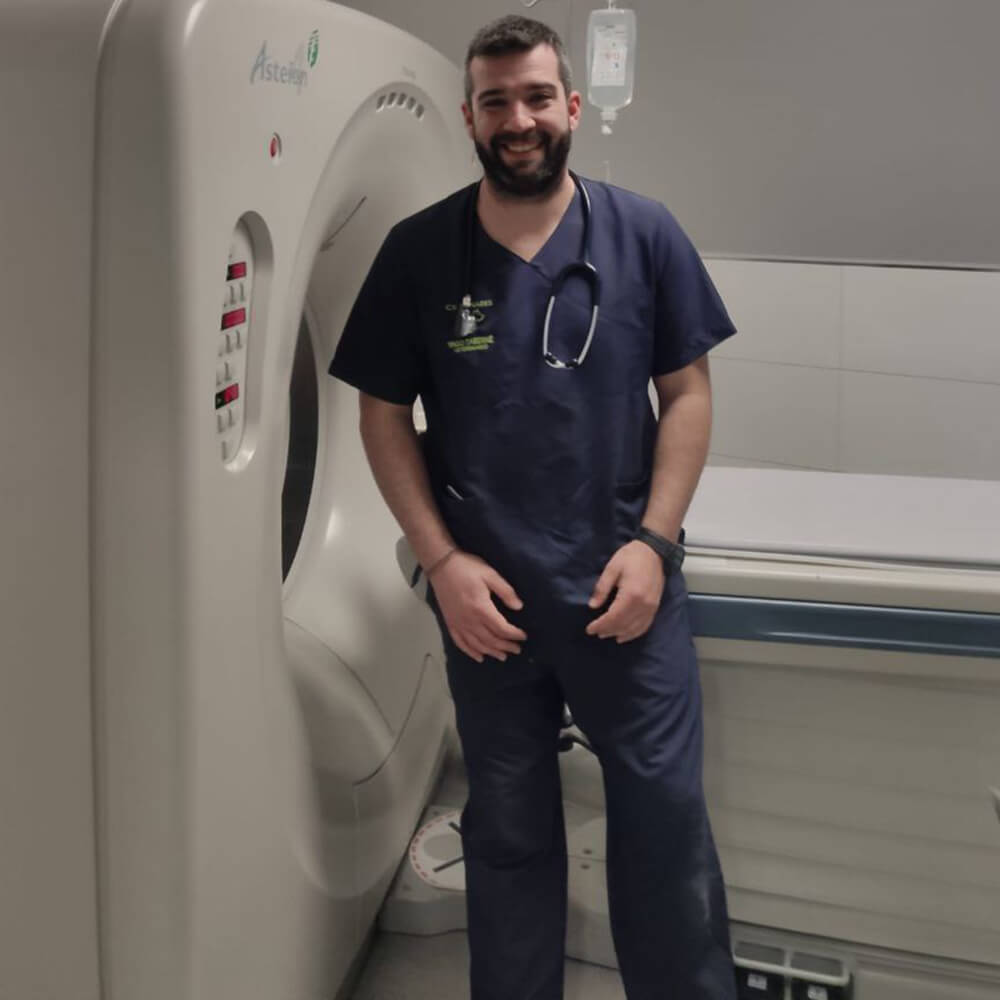
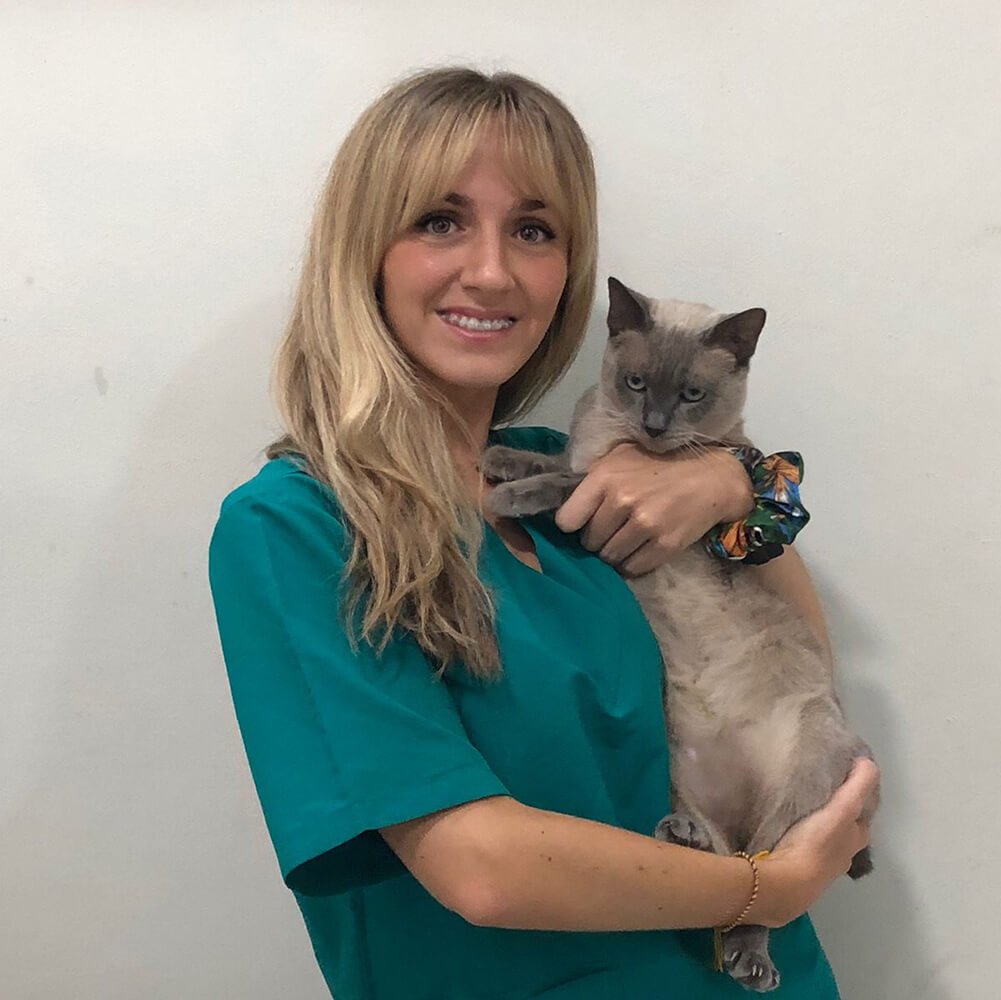
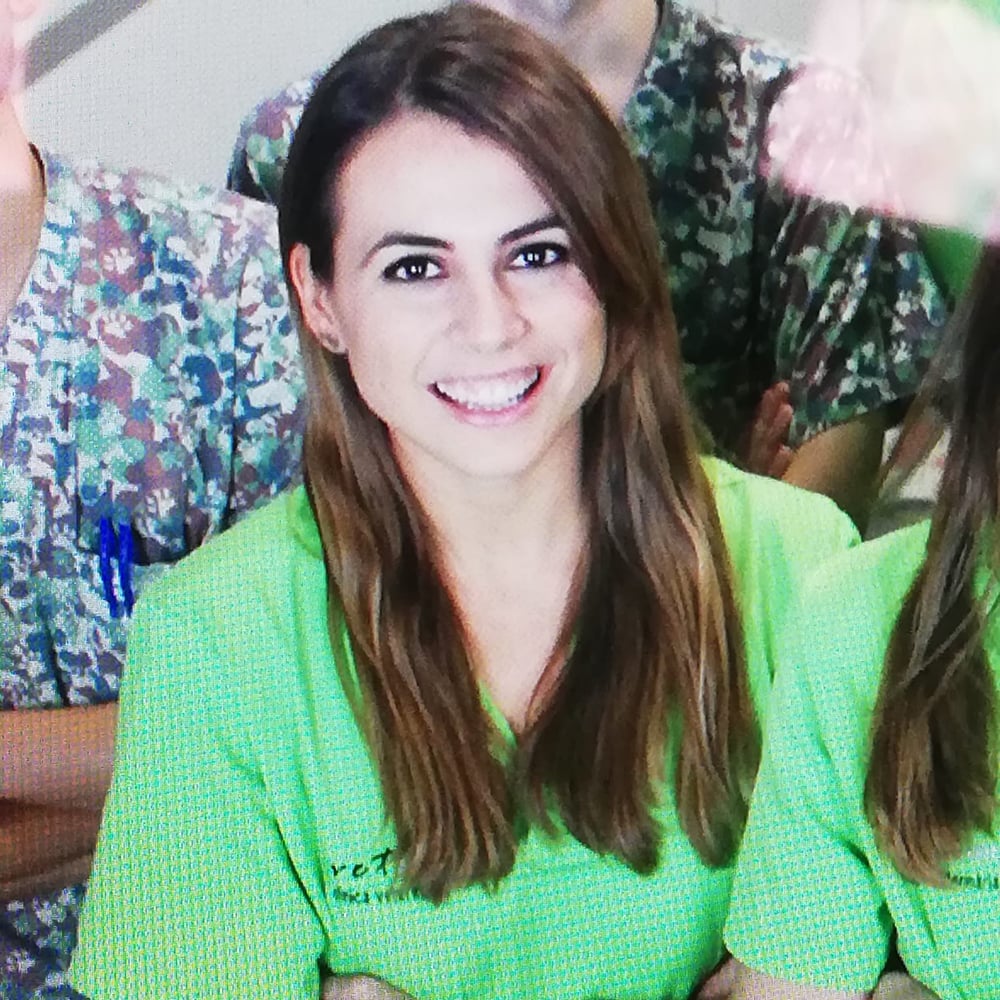
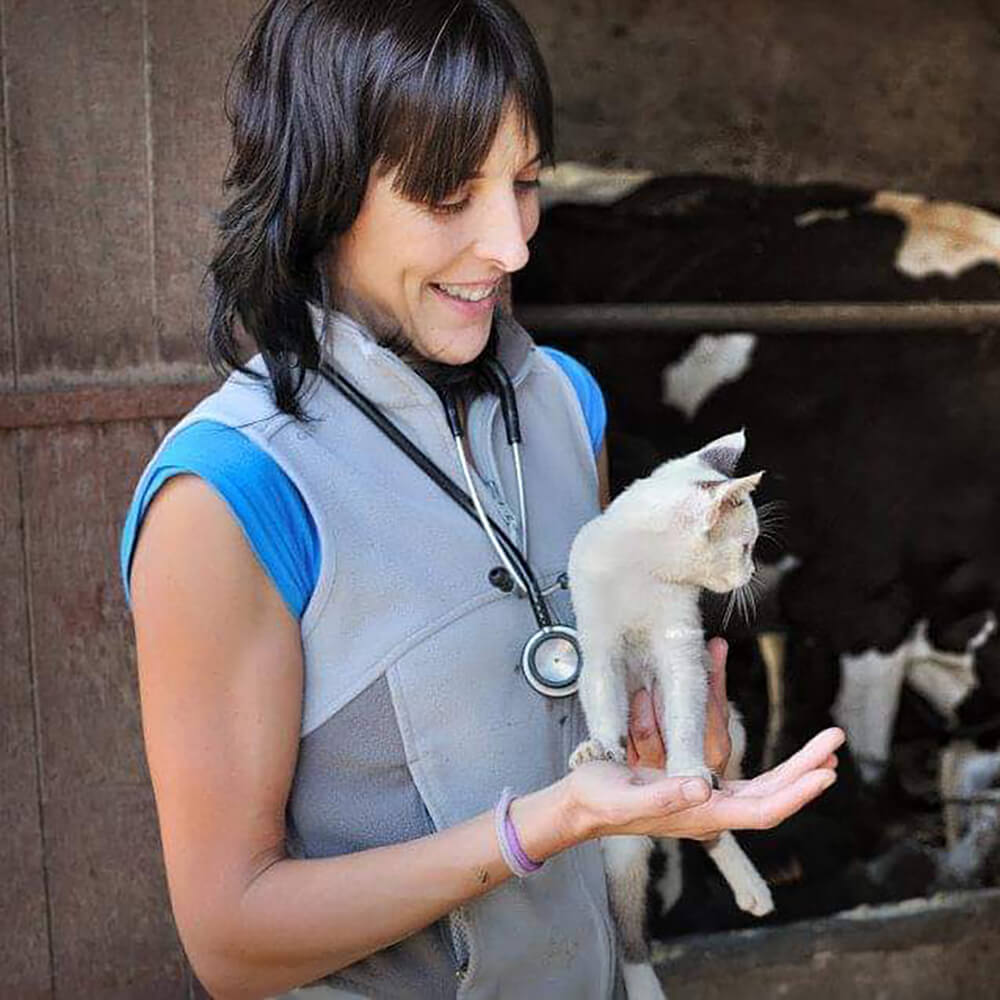
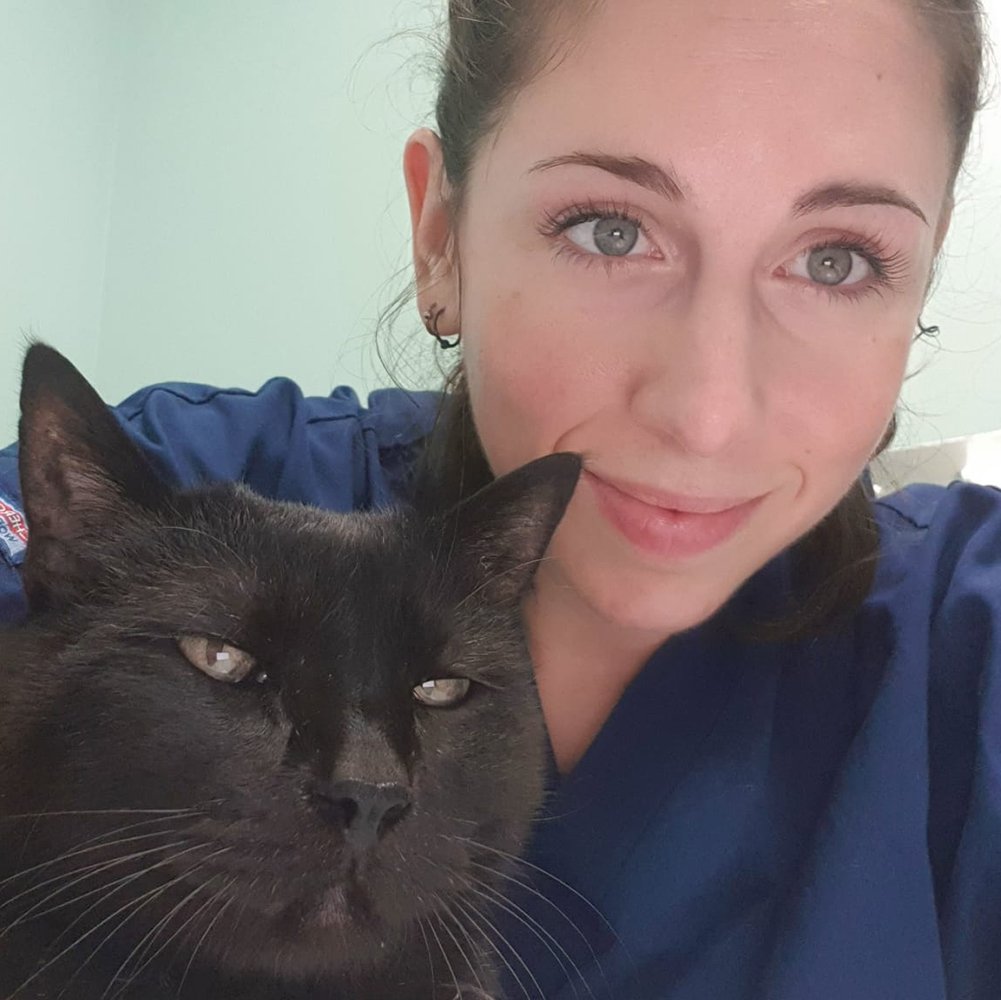
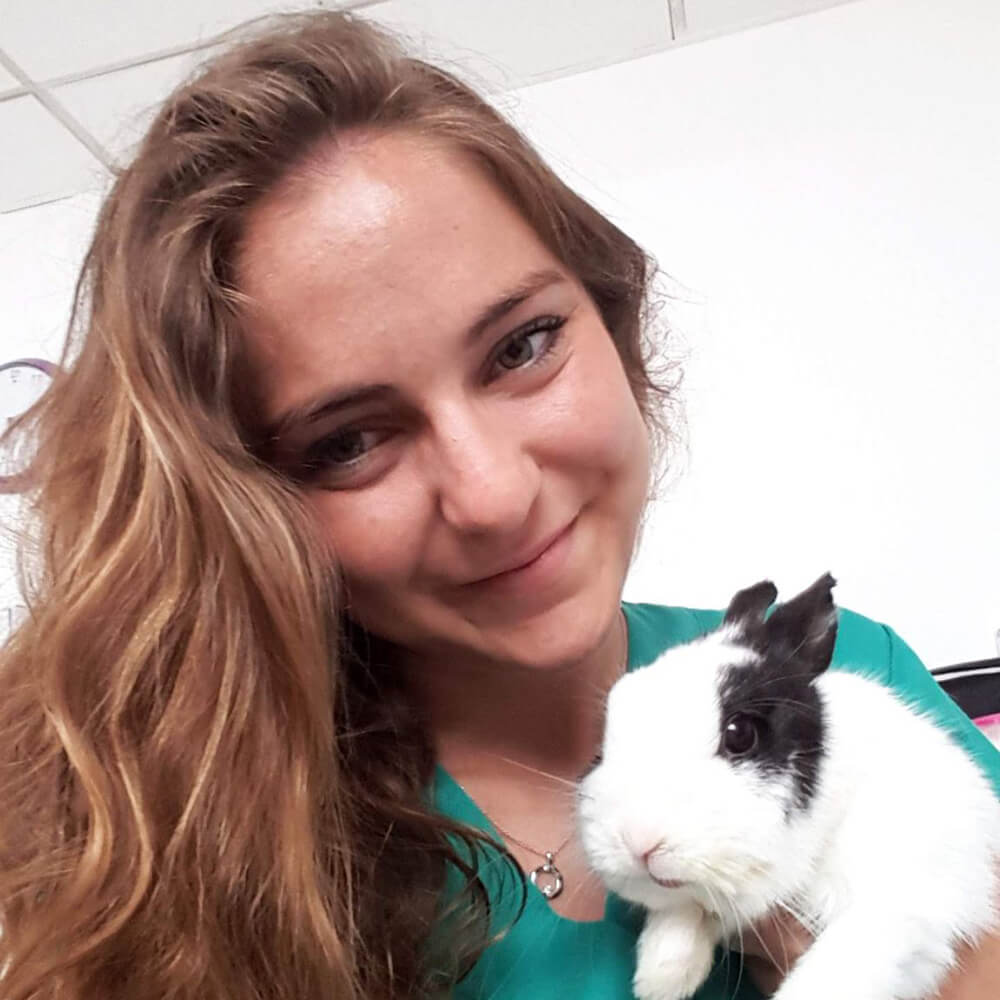
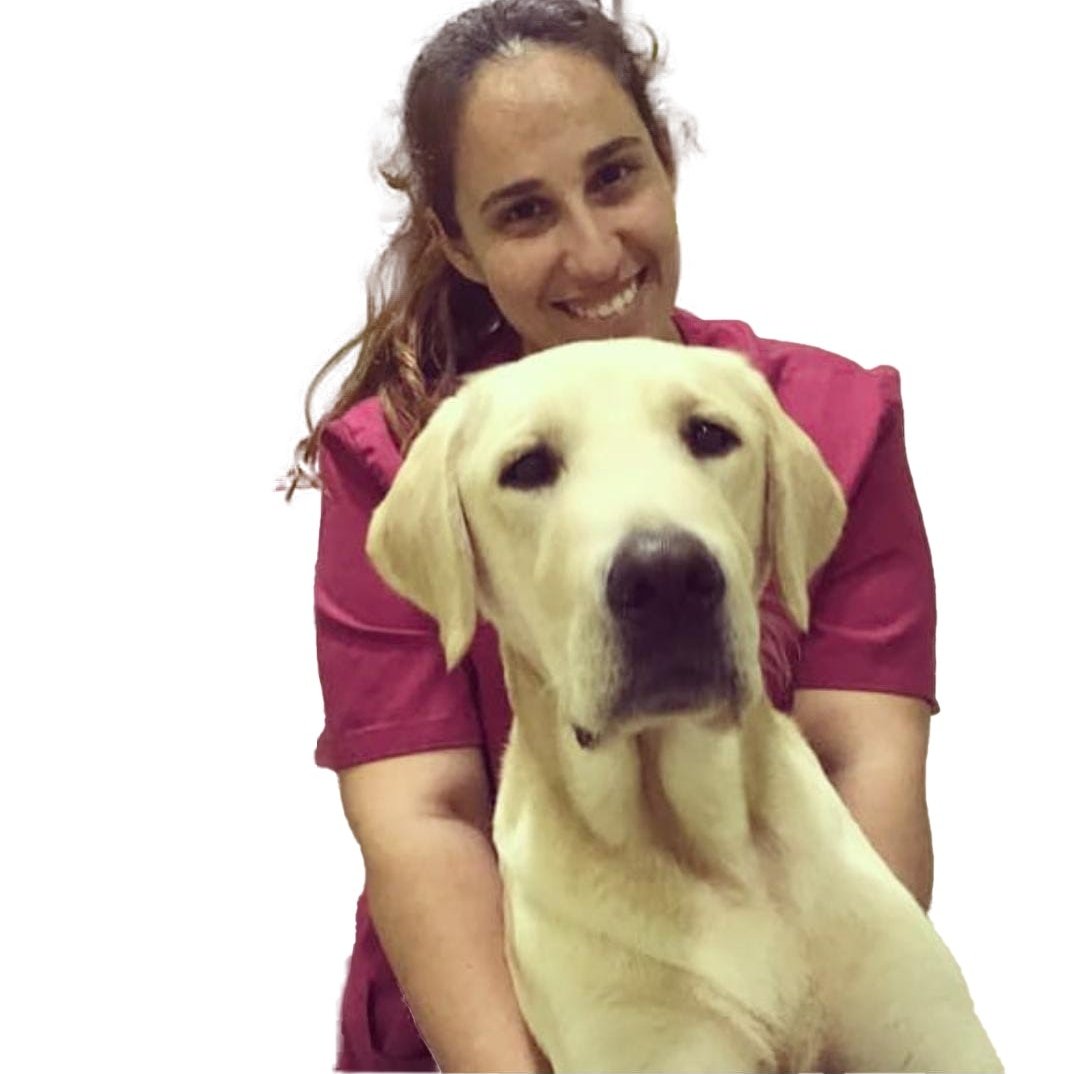
Testimonials from our students







Contact us
If you would like to request information about any of our training services, please fill in the following form or contact us by phone or email
- +44 7862 146532
- [email protected]
- From 8.00am to 17.00pm
Request for information
Contact us
If you would like to request information about any of our training services, please fill in the following form or contact us by phone or email
- +44 7862 146532
- [email protected]
- From 8.00am to 17.00pm





